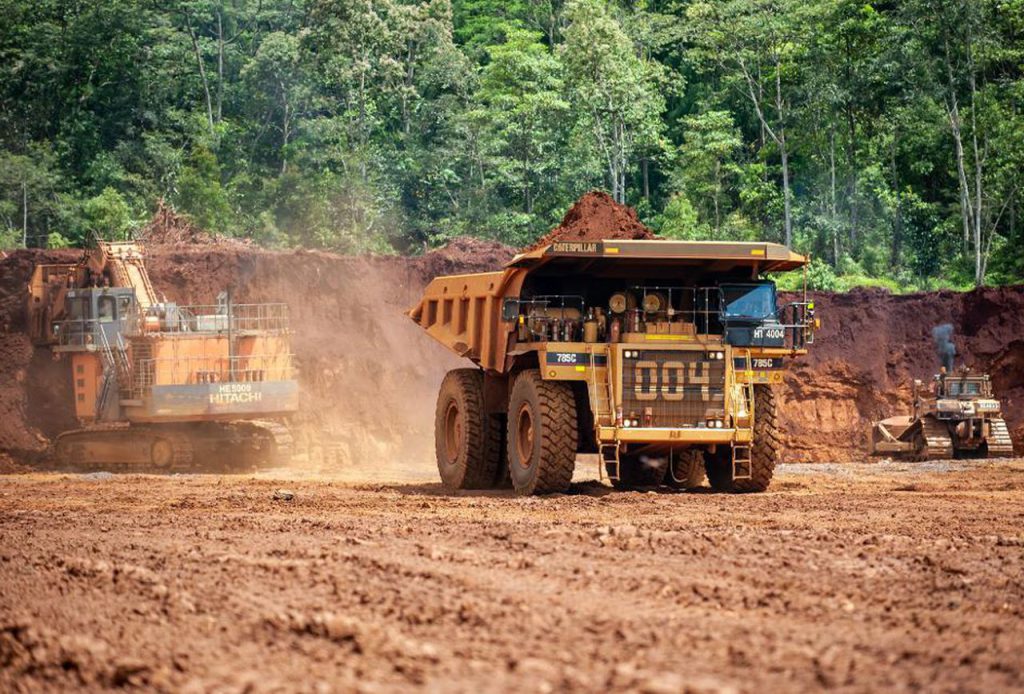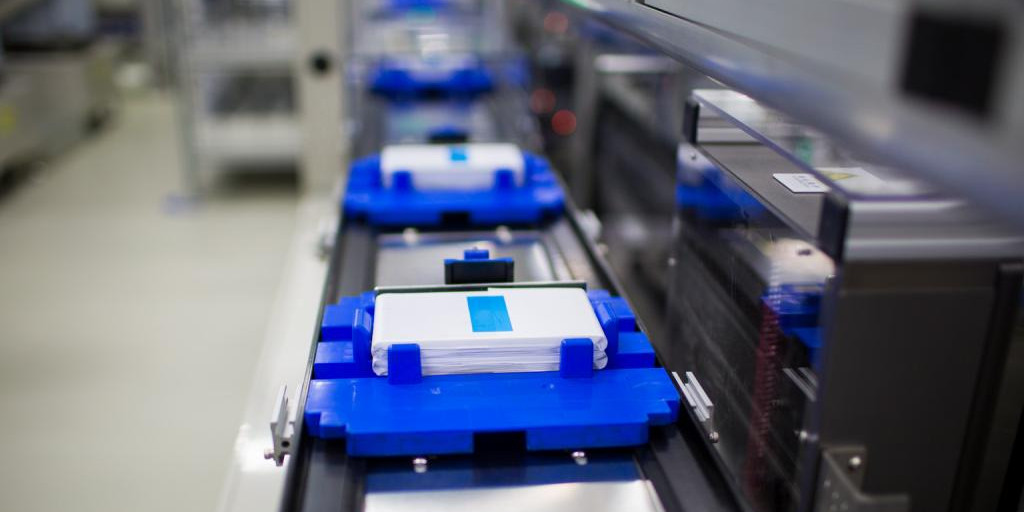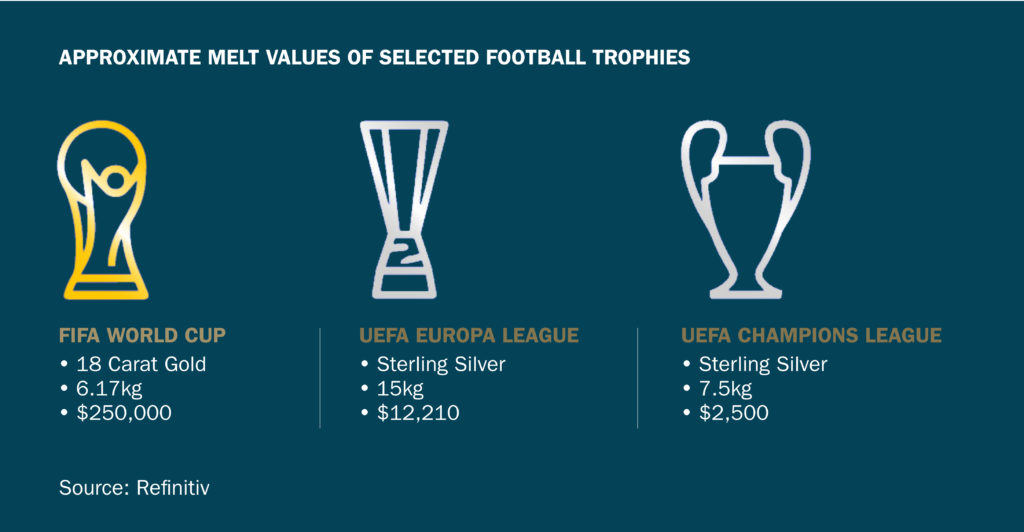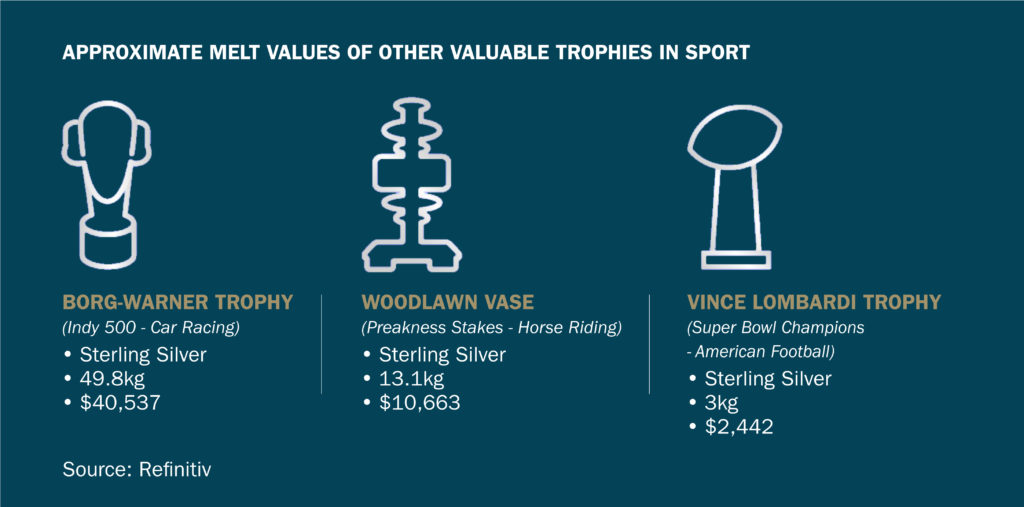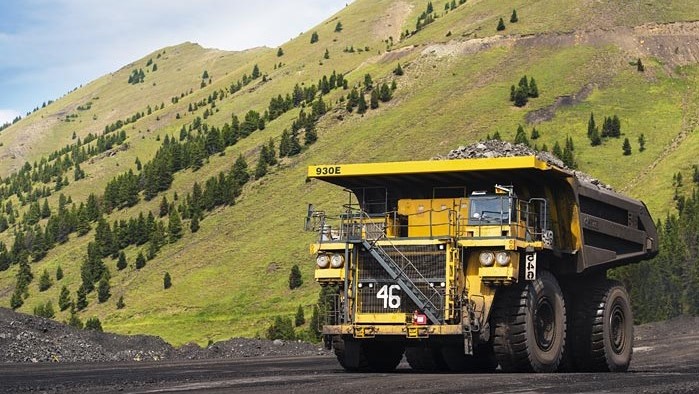U.S. Shale Giants Want In On The Global LNG Game
- U.S. gas producers are getting increasingly interested in LNG exports.
- Producers such as Devon Energy and Chesapeake are looking to get exposure to international LNG markets.
- Market observers expect demand from Asia to start climbing, now that prices are off their peak from last summer.
Over the course of just a few years, the United States became one of the top three exporters of liquefied natural gas. Last year, it was the biggest supplier of LNG to Europe. This was made possible by a handful of companies that invested billions in liquefaction plants along the Gulf Coast, with another handful coming in the next couple of years. But competition is intensifying.
Energy Intelligence reported this month that U.S. gas producers are getting increasingly interested in LNG exports. The report cited the chief executive of Devon Energy as saying the company was looking into diversifying with LNG exports to get some exposure to international markets.
"We're not going to be big LNG players like Cheniere or Freeport or anything like that," Rick Muncrief said at the NAPE conference in Houston last week. "I mean, from our perspective, it's how can we get some exposure in international markets and help our allies around the world. We do the same thing with oil."
The decision makes perfect sense. Demand for liquefied natural gas globally is on the rise, and strongly, after Europe joined the LNG party. Even though the EU's emission-cutting plans discourage European buyers from securing long-term LNG import deals, which U.S. producers find to be a problem, U.S. LNG will continue to flow to Europe.
At the same time, market observers expect demand from Asia to start climbing, too, now that prices are off their peak from last summer. Indeed, Bangladesh recently bought an LNG cargo after months of abstaining from such imports because of prices. It also plans to buy several more if prices remain where they are. And if more U.S. gas producers enter the LNG space, chances are that prices will get a ceiling once their facilities start operating.
Earlier this year, BloombergNEF predicted that U.S. LNG export capacity would soar to 169 million tons by 2027. That would make the United States the world's biggest LNG exporter, far ahead of Qatar, which plans to expand its capacity to 110 million tons by 2026.
"The US is in the lead because of its flexible contract terms and the competitive landscape of project developers," said BloombergNEF global LNG specialist Michael Yip. "Its aggressive but transparent pricing and reliability as an LNG supplier has made it easy for these new projects to secure contracts."
That's just the big guns in LNG exports. Add to that the smaller gas producers that are diversifying into LNG exports, and the potential future dominance of the U.S. on international LNG markets becomes even more pronounced. As long as the gas flows as it does now.
Earlier this year, two gas CEOs warned there might be a slowdown in drilling activity because of prices. At such prices, profitability is hard to come by, Adam Rozencwajg, the natural resources investor from Goehring & Rozencwajg, told Oilprice. And that may put a lid on the supply of gas.
"Companies with remaining core Tier 1 acreage can make a return at today's gas price—those are few and far between," Rozencwajg said. "More importantly, companies have come to realize just how difficult it is to maintain high-quality drilling inventory. In light of that, they are reluctant to increase activity and pull forward the inevitable moment they'll be short of high-quality drilling prospects."
What this means is that sooner or later, prices will go up. This will make LNG exports even more lucrative. And shareholders who mind increased drilling might change their minds.
"Most of our investors get it and they think it's a good idea," Chesapeake's Nick Dell'Osso, one of those CEOs who warned about lower drilling activity this year said at NAPE.
"At the end of the day, the way I describe it to our investors, is this is not arbitrage capture. This is diversification of market. The US gas is being sold in international markets. We should have exposure to that. That's diversification of your product sales points and ultimately like any other portfolio diversification."
Indeed, diversification has proven to be the optimal strategy both for producers and for consumers, as any European Union official is sure to tell you if you ask them.
By Irina Slav for Oilprice.com



